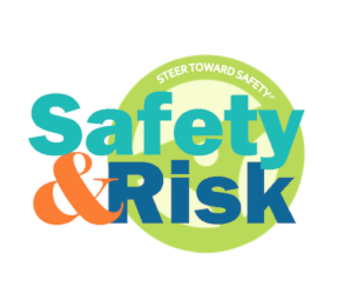
By Art Liggio, President and CEO, Driving Dynamics
During the 2016 Berkshire Hathaway shareholders meeting, chairman and CEO Warren Buffett was asked about the declining financial performance of GEICO, an insurer owned by Berkshire Hathaway. Buffett responded, “Last year both frequency—how often people had accidents, and severity, which is the cost per accident—both of those went up quite suddenly and substantially.”
What are the underlying causes for these increases? In last month’s Safety & Risk column, we took a look at influencing factors driving significant increases in crash cost severity, which included:
- Increasing Average Age of Vehicles
- Mismatched Bumpers
- Collision Repair Costs Up (technology replacement costs)
- Increase of Legal Speed Limits
- Cost Shifting: Affordable Care Act
Next, let’s take a look at how frequency affects severity and overall cost increases.
As our economy worked its way through the effects of the Great Recession, people finally started driving more miles year-over-year around 2014 (see U.S. Federal Highway Administration chart) with significant increases since that time period. We are now at an all-time high in terms of annual miles driven. (Click on chart to enlarge)
The following chart from the Fast Track Monitoring System shows crash frequency has rebounded to pre-recession levels, rising steeply in 2014 and 2015 in strong correlation to the jump in miles driven. (Click on chart to enlarge)
This correlation is no surprise as historical claims models generally show that increase in frequency results in an increase in severity. Potential contributing factors to a frequency increase can include:
- Demographics: Who is driving? While many states have instituted programs to improve novice driver performance such as graduated driver licensing, the fact remains that on average, student drivers are required to take only six hours of behind-the-wheel training. Therefore once the license is in-hand (including graduated licenses with limited privileges), are they not now “self-training” and reinforcing those driving “skills”? Operating in a vacuum, these novice drivers are invariably “hard-wiring” faulty skills and behavior into their driving routine that are putting them and others at-risk. This reality, in place for years now, has resulted in subpar competency of our overall driving population right out of the gate.
- Static Infrastructure: More vehicles, more miles and yet drivers are faced with navigating roadways that were not designed to handle current usage levels. Often not considered from a cost perspective, this exposure places more vehicles in proximity to each other so there is an increasing trend in multiple vehicle crashes, thereby increasing the number of units damaged per crash.
- Behavioral Issues: Despite governmental and fleet operators’ efforts to control distracted driving, the trend continues.
Armed with this data and the knowledge that trends are working against drivers and their employers, what steps can fleet operators take to reduce frequency and its resultant severity overload? Best practices would include developing a comprehensive fleet safety program that has a high impact on lowering crash rates while fostering a culture of safety.
Over the past decade, Driving Dynamics has created a full suite of award-winning safety services that support this goal. For instance, behind-the-wheel advanced performance driver training has been shown in an OSHA study to reduce crash rates an average of 39 percent. Our micro learning library, covering 30 plus safety topics, was especially formulated to help fleet operators promote a culture of safe driving on an ongoing basis. There are readily available answers and resources to help you successfully combat frequency and severity. Driving Dynamics can help you steer toward safety.
Safety & Risk is presented by Driving Dynamics an accomplished provider of impactful driver safety training and risk management services. Continually building and delivering programs based on sound research, proven learning methodologies and expert instruction, we are dedicated to improving drivers’ abilities to stay safe by leveraging risk management tools, principle-based learning and applied techniques. The One Second Advantage™ safety training principle developed by Driving Dynamics is rooted in research that shows 90 percent of all traffic crashes can be avoided when the driver has just one more second to react and knows what to do with that additional second. Driving Dynamics encourages all drivers to Steer Toward Safety™
Website: www.drivingdynamics.com; Email: [email protected]; Newsletter: www.mydriveradvantage.com
Steer Toward Safety and The One Second Advantage are trademarks of Driving Dynamics Inc. All Rights Reserved.


